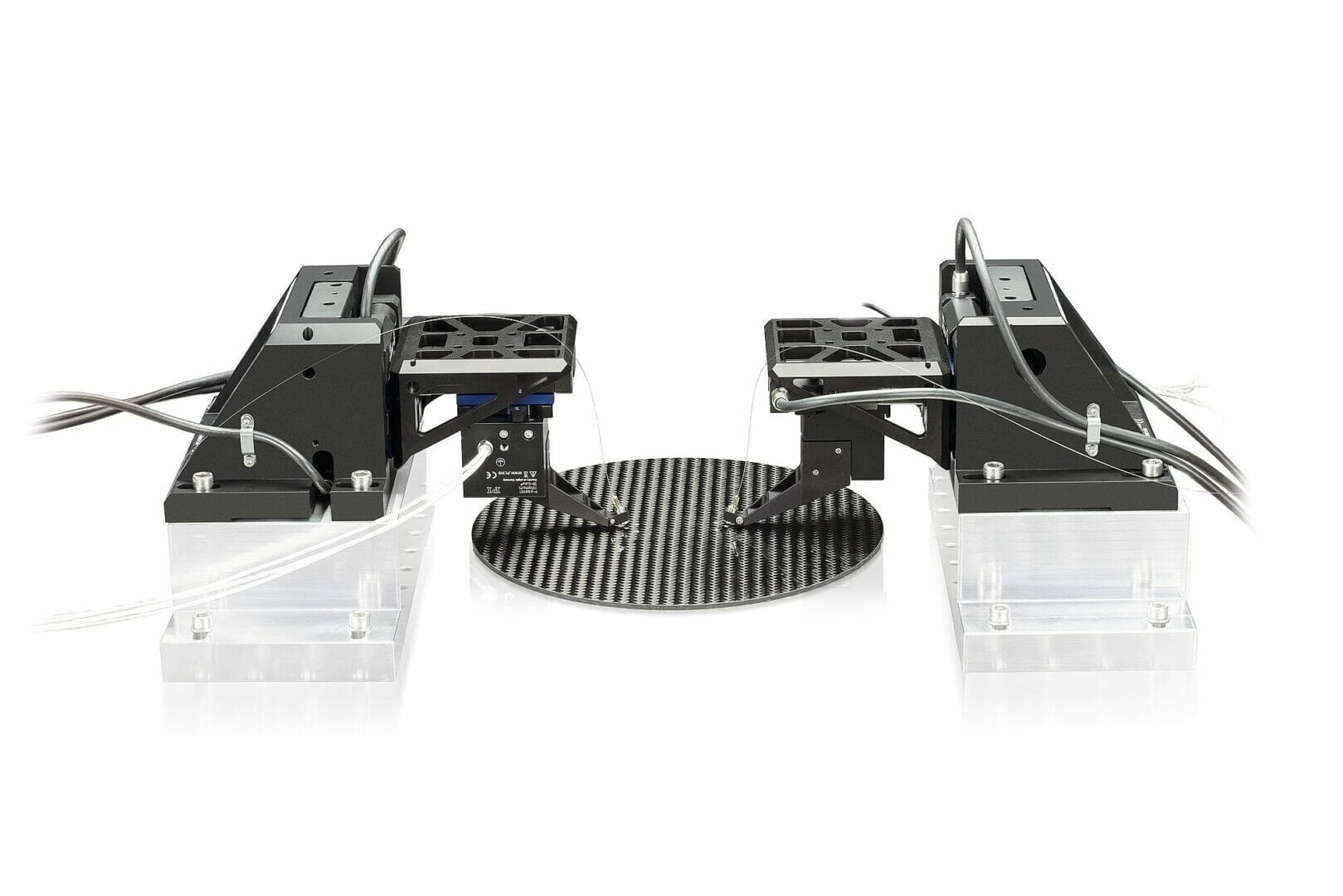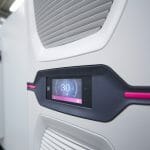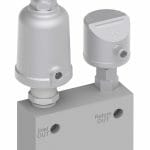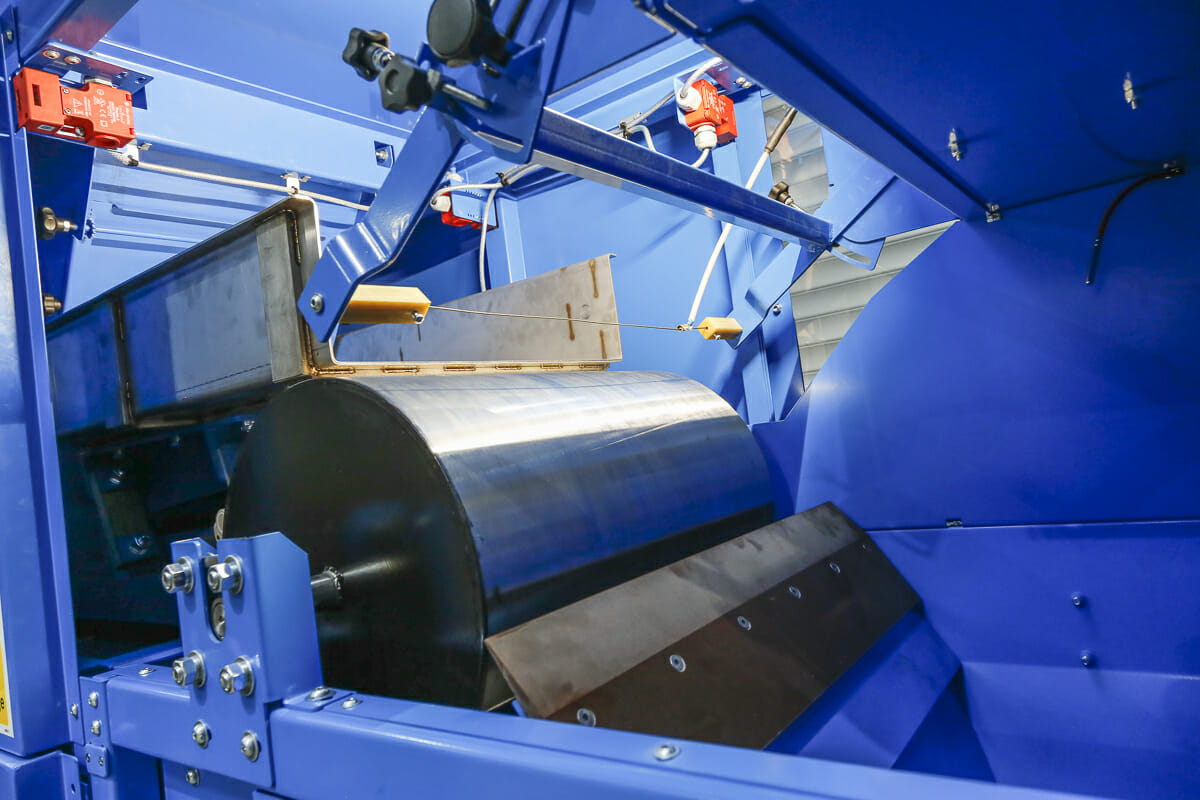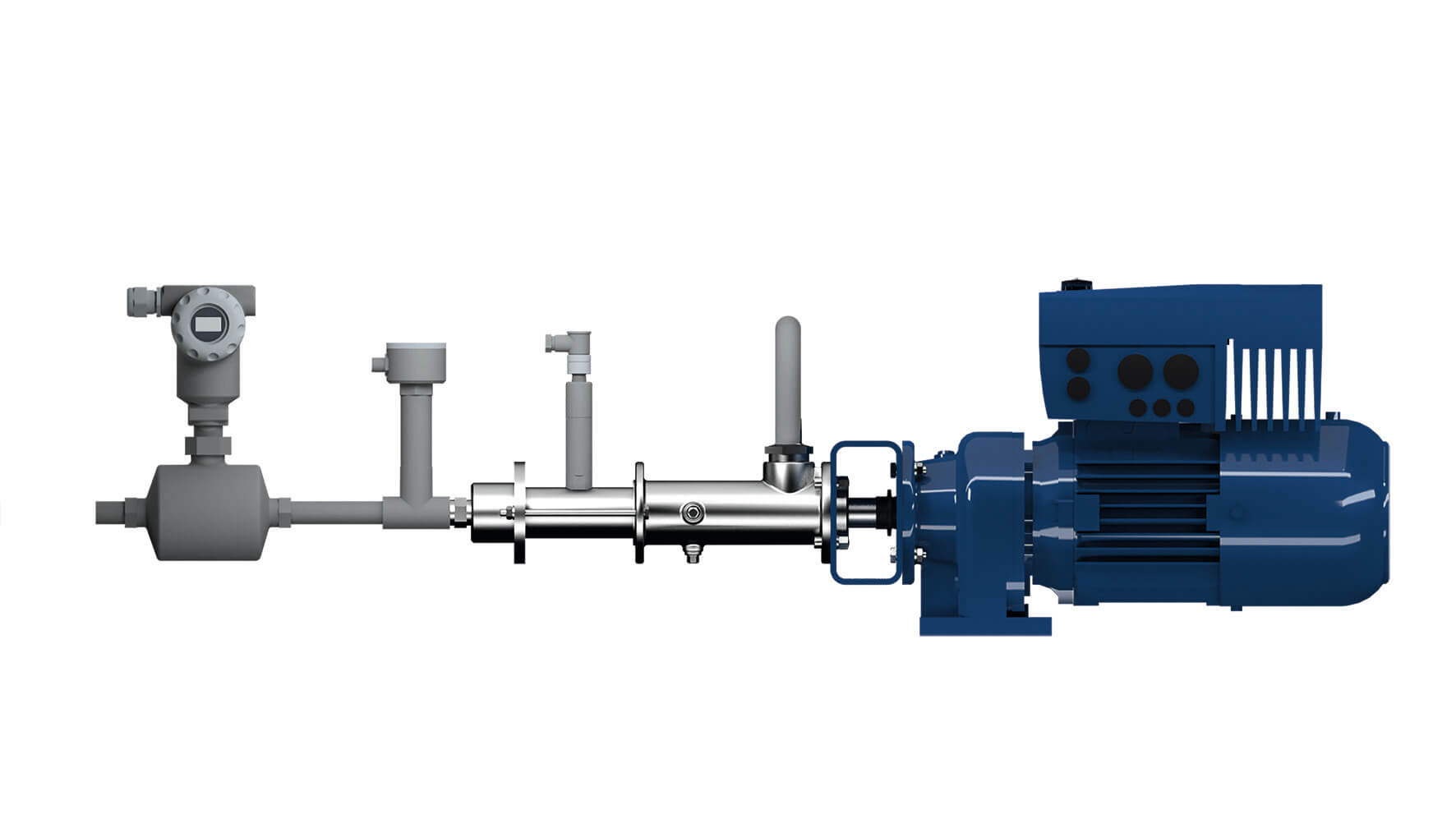Silicon photonics requires precise alignment of individual components during manufacture to ensure correct functionality and maximum efficiency of the final product. This process typically entails aligning a fibre to a laser output, or a series of very small lenses and fibres to make up a device. Despite ever-increasing demand from the data communications sector, time-consuming manual alignment processes continue to be the norm for the vast majority of manufacturers, with almost three quarters of the industry still relying on skilled technicians to position, glue and cure individual components using micrometer jigs. This process can take anywhere from three to 20 minutes, depending on the complexity of the assembly, creating an obvious bottleneck in production. In contrast, automated alignment is several orders of magnitude faster, allowing easier and more cost-effective production of more efficient devices.
Even with precision motion control, finding the optimal alignment can be a time-consuming proposition without full process automation. The key to efficient automated photonics alignment is therefore not the hardware – although rapid and precise motion devices are prerequisites for success – but effective software control. Fortunately, photonic devices offer a straightforward mechanism for determining alignment: the photonic signal rises as components come into alignment, peaks at optimal alignment, and falls as they become unaligned. PI’s powerful control software uses this simple feedback to offer ultrafast first-light detection and peak power scanning, rapidly identifying and maintaining optimum alignment to ensure maximum efficiency. Critically, the company’s extensive experience and in-depth knowledge of industry processes means that its motion devices, control modules and software can all be easily integrated into manufacturing environments.
Physik Instrumente (PI) is a market leader in photonics positioning, providing a variety of innovative solutions that offer fast, automated alignment to significantly increase production throughput. For example, the company’s NanoCube® nanopositioner has been successfully combined with a parallel-kinematic hexapod, advanced motion control and user-friendly software to provide automated alignment in just seconds. With a choice of interfaces and compatibility with commonly used software platforms – including LabVIEW and Python – PI is able to provide truly practical solutions to automate photonics alignment tasks across a wide range of manufacturing applications, dramatically increasing throughput and production efficiency.
For more information about the PI’s solutions for photonics alignment, visit https://bit.ly/3jgtDd9

